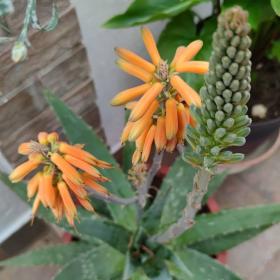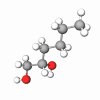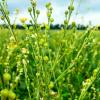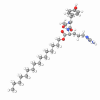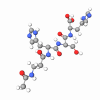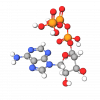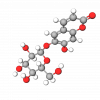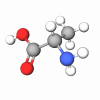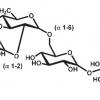Greek historian Discorides recorded the use of aloe as a healing herb more than 2000 years ago. The gel was applied externally to wounds to clear blemishes, soothe itches, and maintain healthy skin. There is a legend that Cleopatra massaged fresh aloe into her skin daily to preserve her beauty. Some also believed it prevented hair loss and rubbed it into their scalps.
Scientists have found that aloe has anesthetic, antibacterial, anti-inflammatory, and tissue restorative properties thanks to its high salicylate, vitamin, and other nutrient content. It heals burns from flame, sun, and radiation.
Aloe has also been added to a Benzoin tincture for use as an antiseptic and protective coating on abraded, blistered skin and cold sores. So has magnesium lactate, a substance that can inhibit histamine reactions, which can cause itching and skin irritation.
Aloe Barbadensis Leaf Extract is a colorless to pale yellow liquid with a characteristic odor. It is soluble in water in any proportion, and its pH range is 4.0 - 6.5 at 25°C. The recommended use concentration of 5 - 10% in skin, hair, and oral productsAloe Barbadensis Leaf Extract is used in softening and moisturizing creams and cleansers for the skin, as well as in astringents and toners. Its soothing properties are useful in suntan and apres-sun products to relieve sunburn. In medicinal preparations, Aloe Barbadensis Leaf Extract is used externally as a lotion for wounds, sores, bruises, and tumors.
